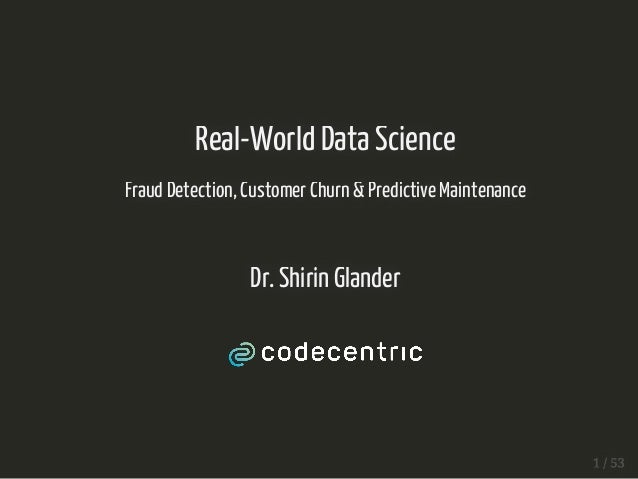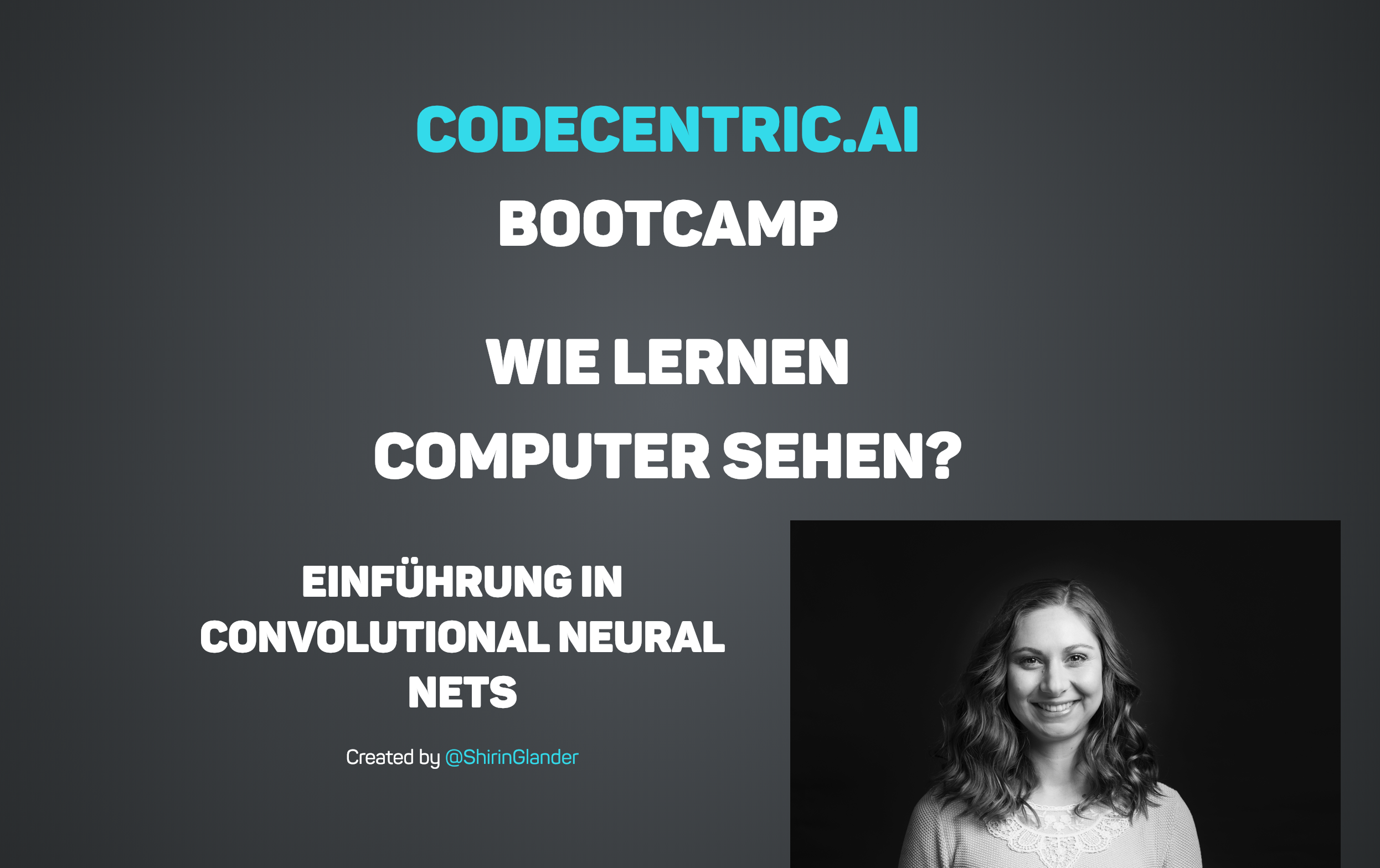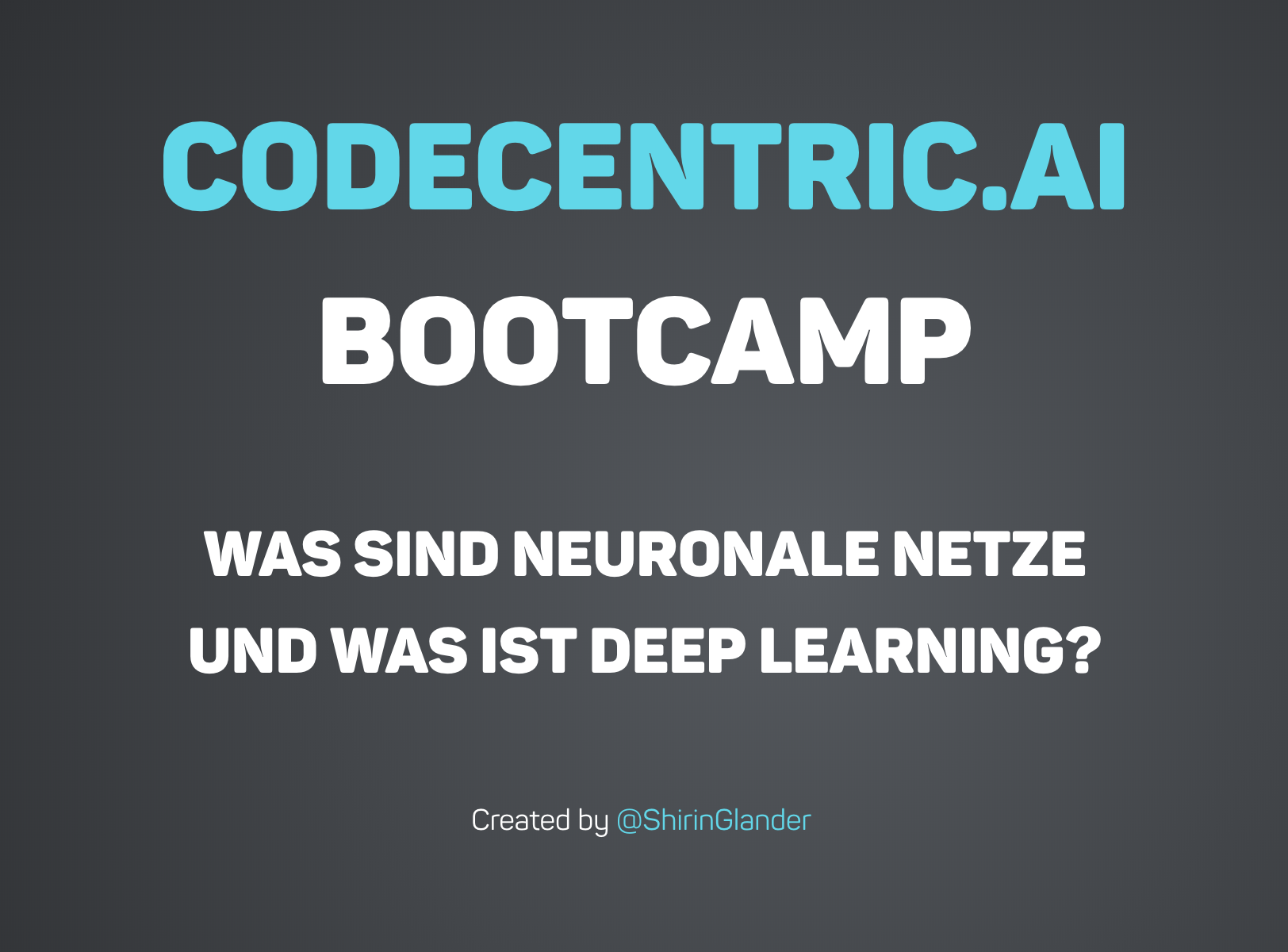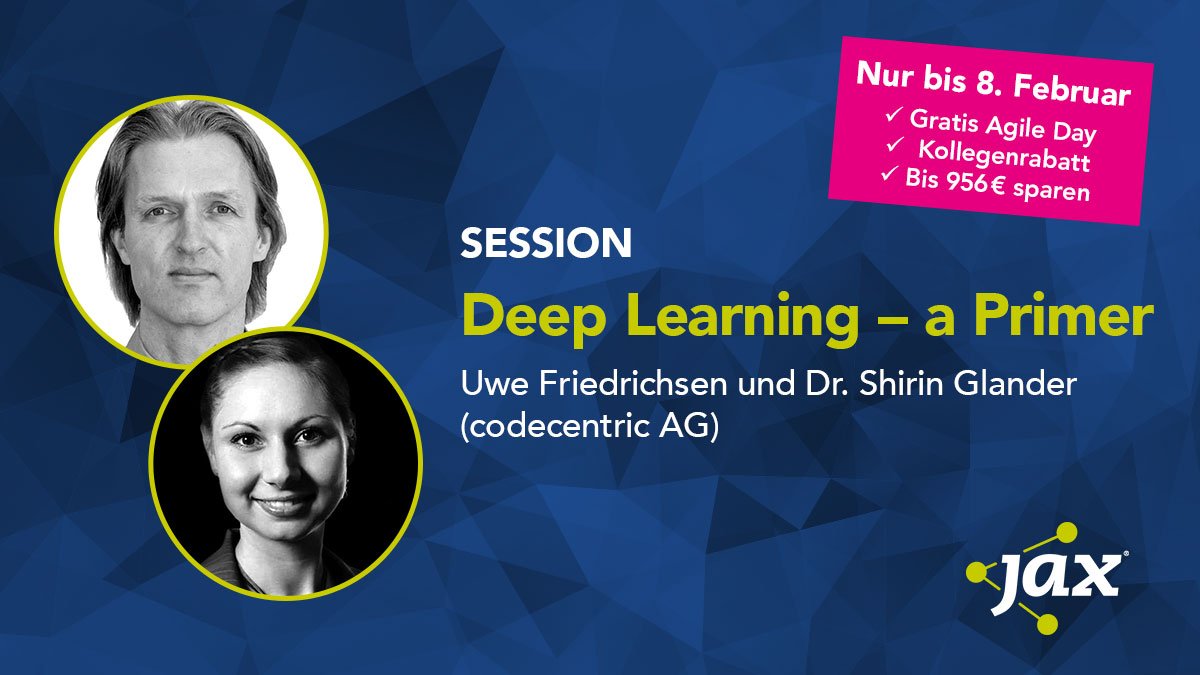These are slides from a lecture I gave at the School of Applied Sciences in Münster. In this lecture, I talked about Real-World Data Science and showed examples on Fraud Detection, Customer Churn & Predictive Maintenance.
Real-World Data Science (Fraud Detection, Customer Churn & Predictive Maintenance) von Shirin Glander The slides were created with xaringan.





